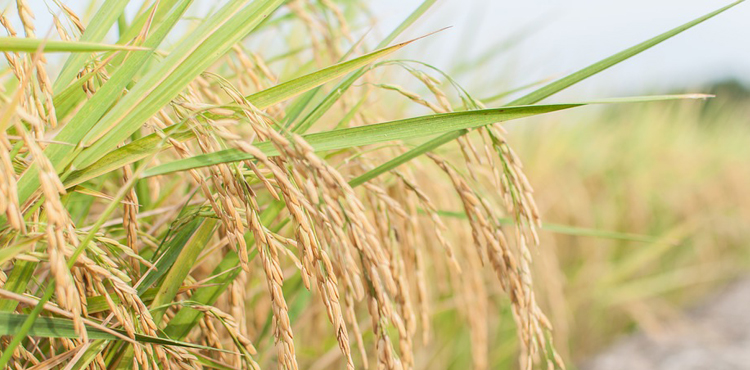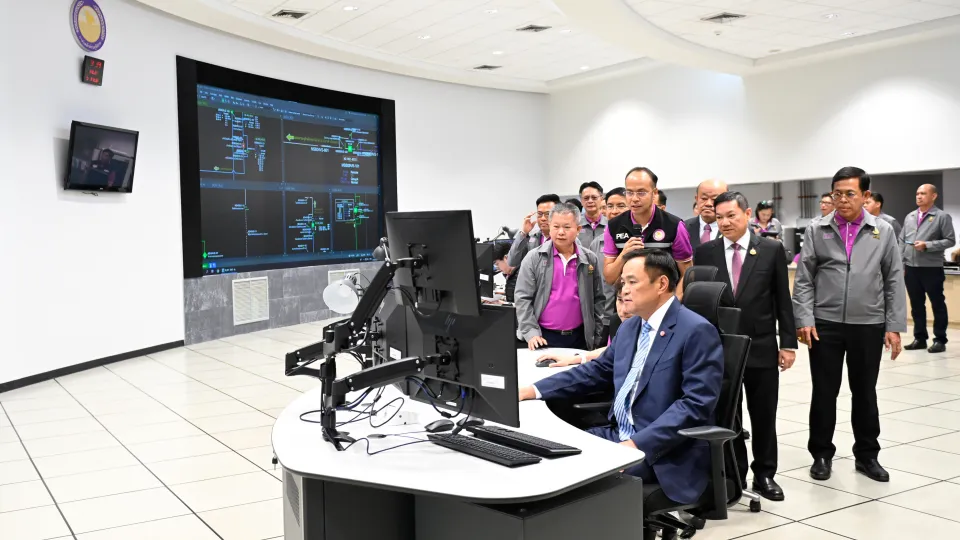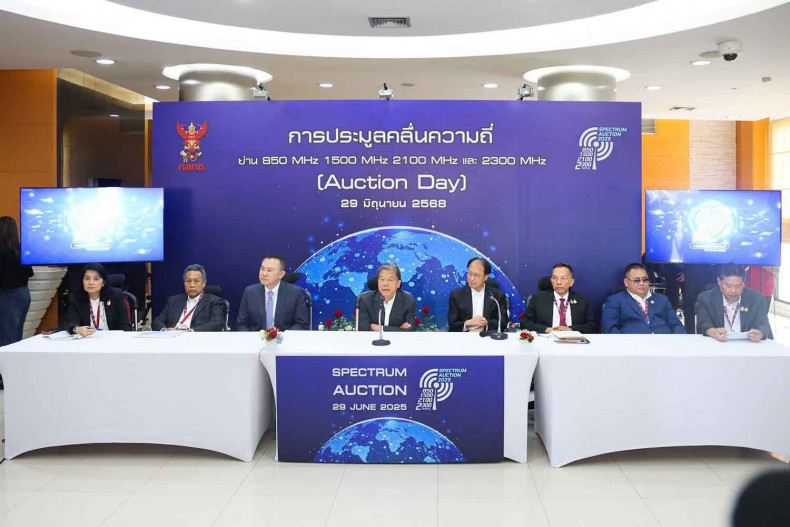In a proactive move to ensure rice price stability, Thailand’s National Rice Policy and Management Committee has rolled out an 8.36 billion baht (US$244 million) strategy to manage the nation’s rice supply. With three key initiatives, the government aims to support farmers, manage potential oversupply, and provide stability during the harvest season. Here’s a breakdown of Thailand’s multi-tiered approach to rice price stabilization.
Thailand Implements 8.36 Billion Baht Plan to Stabilise Rice Prices
Understanding Thailand’s Rice Price Stabilisation Strategy
The government’s three-pronged strategy addresses current market challenges faced by rice farmers. These measures will help to balance the supply-demand dynamic, avoiding a price slump and ensuring rice farmers receive fair returns.
Key Measures of the Rice Price Stabilisation Plan
Each of the three strategic measures targets a specific aspect of Thailand’s rice production, aiming to maintain stable prices for one of the country’s most important crops.
1. The Rice-Pledging Programme
Details of the 8.36 Billion Baht Pledging Initiative
The main component of the stabilisation plan is an 8.36 billion baht rice-pledging programme that will run through February 2024. Under this programme, rice farmers can pledge their harvested rice for a period of one to five months, during which they’ll receive a subsidy of 1,500 baht (US$45) per tonne.
Allocation of the Subsidy
The subsidy is divided into two parts:
- 1,000 baht (US$30) goes to the cooperative responsible for the pledging process.
- 500 baht (US$15) is directed to the farmers themselves.
This subsidy structure is aimed at providing essential financial relief to farmers while supporting cooperatives in managing rice pledging.
2. Loan Opportunities for Farmers
To further support farmers, the government has partnered with the Bank for Agriculture and Agricultural Cooperatives (BAAC) to provide accessible loans, which vary based on the rice type pledged under the programme.
Loan Amounts and Types
Loan amounts range from 9,000 to 12,500 baht (US$263 to US$365) per tonne. Notably, the loan amount for Hom Mali rice, a popular rice variety, has increased from 12,000 baht to 12,500 baht (US$360 to US$365) per tonne.
3. Loans for Farmer Organisations
Thailand’s strategy also includes a measure that benefits farmer organizations, providing 656.25 million baht (US$19 million) to rice farmer organizations. The initiative enables these groups to aggregate rice from individual farmers and pledge larger amounts to the government for favorable terms.
Interest Rate Support for Organisations
Under this program:
- Agricultural cooperatives contribute 1% towards the loan’s interest rate.
- The government covers 3.5% of the interest rate, creating a low-interest loan environment for cooperatives to pledge up to 1 million tonnes of rice.
These loans are available until September 2024, with a maximum 15-month interest subsidy, giving cooperatives ample time to stabilize rice stocks without financial strain.
4. Support for Private Rice Warehouses
To manage rice stocks efficiently, the government has introduced a third measure involving private rice warehouses that assist in the pledging scheme.
Interest Subsidy for Warehouse Operators
The government will provide a 3% interest subsidy on loans incurred by private warehouse operators who pledge to manage rice stocks. Warehouse operators can hold pledged rice stocks for periods between two and six months, ensuring rice is stored adequately, even during peak harvest times.
Impacts of the Stabilisation Plan on Farmers and the Market
By implementing these measures, Thailand’s government aims to enhance food security and improve income stability for farmers. The stabilisation plan is expected to bring immediate benefits to rice farmers, reducing financial burdens and mitigating the risks of price fluctuations in the market.
Thailand’s Commitment to Agricultural Sustainability
This stabilisation plan demonstrates Thailand’s commitment to sustainable agriculture and the welfare of its farmers. The combination of pledging programs, low-interest loans, and subsidies will help Thailand maintain its position as a leading rice exporter while providing economic security for its agricultural communities.
H2: Conclusion
The Thai government’s 8.36 billion baht initiative to stabilise rice prices underscores its dedication to supporting the agricultural sector. By implementing a balanced, multi-measure approach, Thailand is paving the way for a more resilient rice market that benefits farmers and aligns with the nation’s long-term economic goals.
Ref-Thaiger









